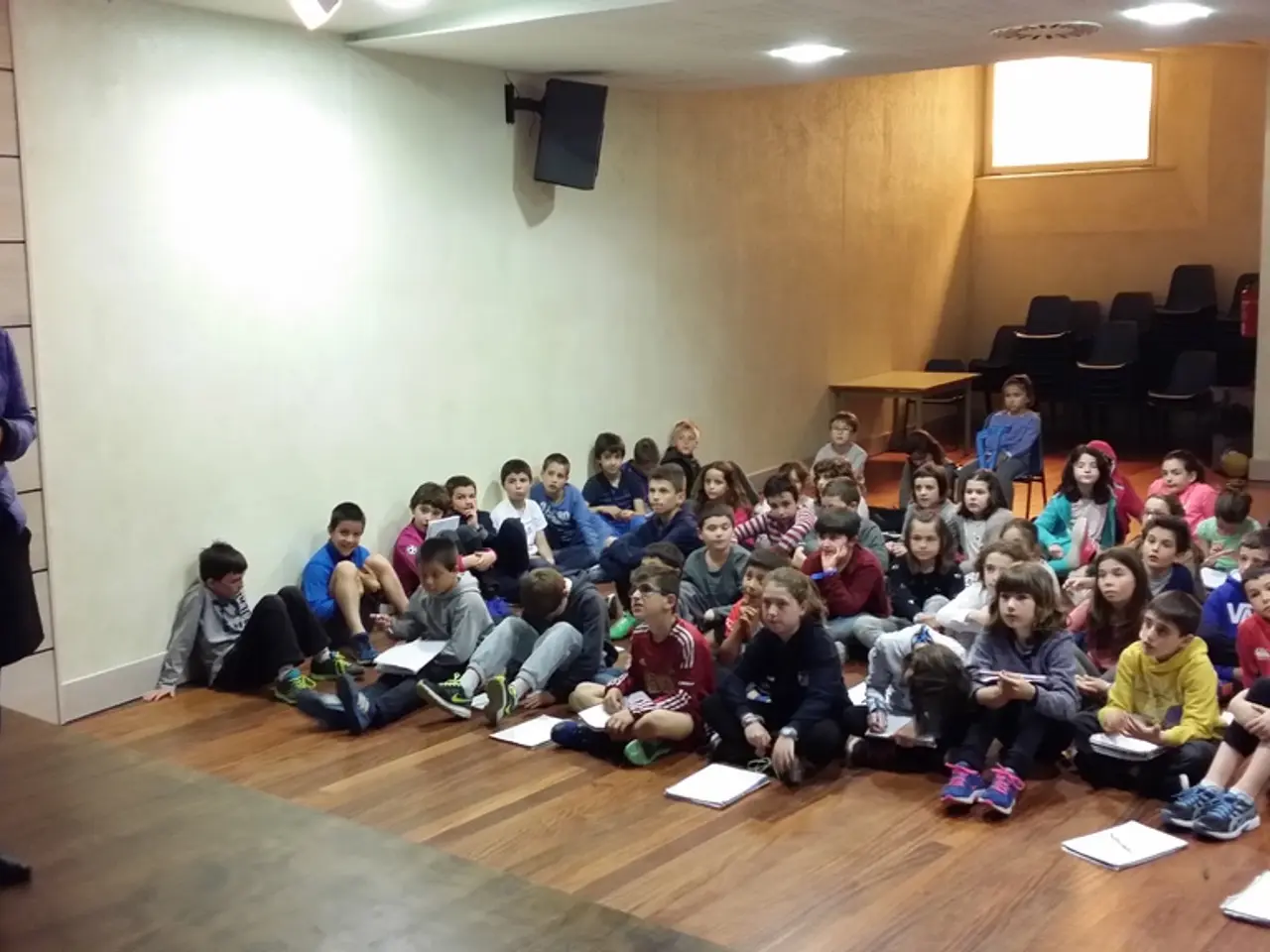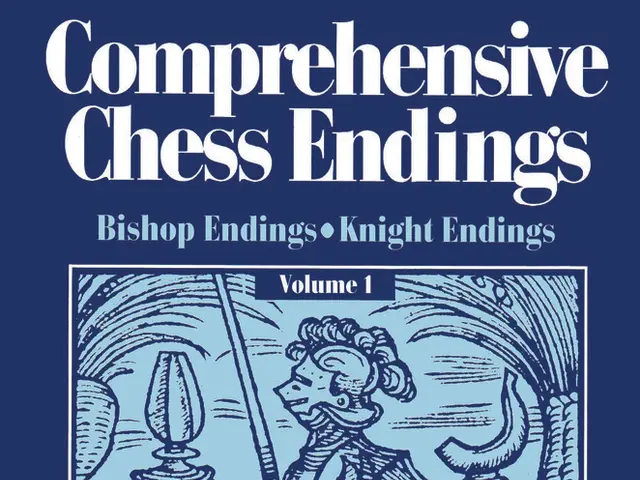Prevalent Skew Towards Boys in Children's Television Programming - A Persistent Imbalance with Potential to Cause Harm
In the realm of children's television, harmful gender stereotypes continue to persist, with girls often portrayed in passive, reactive roles and boys as active problem-solvers and leaders. This pattern, which reflects industry norms in character roles and narratives, has been evident in a study analysing scripts from 98 US children's television programmes spanning six decades [1].
The research, published in Psychological Science, revealed that these stereotypes shape children’s beliefs by subtly conveying who is expected to take initiative, lead, or solve problems versus who is expected to be passive or reactive [3]. Over time, consistent exposure to such gendered narratives cultivates and normalizes these views, influencing children’s implicit understanding of appropriate behaviours for girls and boys [3].
Media theories further explain this impact. The Narrative Transportation Theory suggests that children become emotionally engaged in stories, making them more likely to adopt attitudes consistent with the characters and plot, including gender roles portrayed [2]. The Cultivation Theory posits that repeated exposure to the same kinds of messages in media progressively shapes viewers’ perceptions and expectations, reinforcing stereotypical roles [2].
Gender equity researcher Amy Diehl stated that children learn these harmful stereotypes from a young age by watching TV that shows boys generally "doing" and girls generally being "done to" [4]. The study found that only 18% of episodes were written solely by women, and only 25% were mixed-gender writing teams [5].
Moreover, gendered patterns in language are prevalent in children's TV content. Male characters often associated with actions of achievement, money, power, and reward, while words related to "home" and "family" were more often associated with "female" words [5].
In the US, men are predominant in key creative roles, with 80% of directors, 71% of show creators, and more than half of writers being male [5]. A separate study conducted at Rutgers University found that people responsible for U.S. and Canadian children's television content are predominantly men [6].
However, it's not all doom and gloom. Families can play a crucial role in countering these stereotypes. By reading books about women in STEM, playing with toys traditionally associated with the opposite gender, or seeking out shows that have more diversity in character roles, parents can interrupt these harmful stereotypes [7].
Shows from the 2000s like "Curious George," "Boy Meets World," "Drake and Josh," "Danny Phantom" and "Phineas and Ferb" showed notable differences in boys being the "doers" rather than the "done-tos," suggesting that progress is possible [1].
In conclusion, the persistence of gender stereotypes in children's TV programming is a deep-seated issue, but with conscious efforts from the industry, parents, and educators, we can work towards a more balanced and inclusive portrayal of roles for girls and boys.
References:
[1] Diehl, A. (2020). Gender Stereotypes in Children's TV: A Long-Term Study. Journal of Children and Media.
[2] Potter, W. J., & Wetherell, M. (1987). Discourse and Social Psychology: Beyond Attitudes and Behaviour. Sage Publications.
[3] Hargreaves, J., & Hackett, G. (2002). Media, Gender, and Identity: An Agenda for Psychological Research. Psychology of Women Quarterly, 26(4), 445-455.
[4] Diehl, A. (2019). Children Learn Gender Stereotypes from TV. The New York Times.
[5] Caldwell, L. (2018). Gender Inequality in Children's Television Writers' Rooms. Center for the Study of Women in Television and Film.
[6] Lee, J. (2017). Gender and Race in Children's TV: Who's Making the Decisions? Rutgers University.
[7] Parents Television Council. (2020). Empowering Parents to Engage with Media. Parents Television Council.
Read also:
- Strategies for Mitigating Negative Feelings in Customer Interaction with Your Goods or Services
- Pregnancy, according to the Bible, is defined as a state in which a woman carries a developing child in her womb.
- Exploring Profitable Business Opportunities in Nigeria: Discover Lucrative Businesses Immediately
- Stock prices for PSX climb to new heights driven by positive earnings report and positive sentiments towards US trade agreements.







